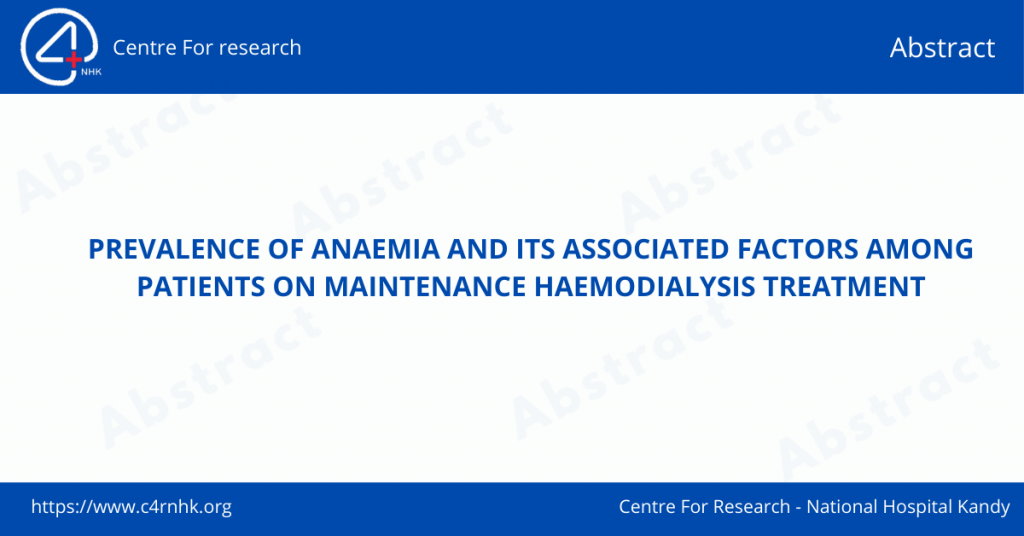The article “Population exposure to multiple air pollutants and its compound episodes in Europe” published in Nature Communications, in 2024 explores population exposure to various air pollutants and the occurrence of compound pollution episodes. In this review will analyze the strengths and weaknesses of the research, while also suggesting potential areas for future exploration.
Strengths of the Study
Focus on Multi-Pollutant Approach: A significant strength lies in the focus on multiple air pollutants. Traditionally, air pollution studies often examine the effects of single pollutants. This article acknowledges the real-world scenario where populations are exposed to a complex mixture of pollutants simultaneously. By investigating co-occurring pollutants and their potential interactions, the research provides a more holistic perspective on population exposure.
Compound Episode Identification: The study delves into the concept of “compound episodes,” which refers to periods where multiple pollutants exceed established safety thresholds. Identifying these episodes is crucial for understanding their potential health impacts on populations. The methodology employed, using k-means clustering, offers a valuable tool for future research on compound pollution events.
Spatial Analysis: The inclusion of spatial analysis is another strength. Mapping the occurrence of compound episodes across Europe allows for a better understanding of regional variations and potential exposure disparities. This information can be vital for policymakers to prioritize air quality interventions in regions with higher burdens of compound pollution.
Areas for Improvement and Future Directions:
Health Impact Assessment: While the study identifies compound episodes, it lacks an explicit investigation of their health consequences. Future research should integrate data on population health outcomes with the identified compound episodes. This would allow researchers to establish correlations between specific pollutant combinations and adverse health effects.
Source Apportionment: The research acknowledges the limitations in source apportionment, which is the process of identifying the specific sources of air pollutants. Further studies that incorporate source apportionment techniques alongside compound episode identification could provide valuable insights into the origins of these episodes. Identifying the primary sources would enable targeted interventions to curb specific types of emissions.
Granular Data Analysis: The study utilizes coarse spatial resolution data. Future research could benefit from incorporating higher-resolution air quality data, potentially obtained from satellite observations or dense monitoring networks in urban areas. Granular data can provide a more precise picture of exposure at the local level, which is crucial for understanding risks faced by vulnerable populations.
Longitudinal Studies: The research focuses on a specific timeframe. Longitudinal studies tracking compound episode occurrence over extended periods would be valuable. This would allow researchers to assess trends and potential changes in the frequency and severity of these episodes over time, which could be linked to factors like climate change or emission control policies.
The study offers a significant contribution by investigating population exposure to multiple air pollutants and identifying compound pollution episodes in Europe. The research highlights the importance of a multi-pollutant approach and provides a valuable framework for future investigations. By incorporating health impact assessments, source apportionment techniques, and higher-resolution data analysis, future studies can build upon this research to understand the complex relationship between air pollution and public health. This knowledge is critical for developing effective air quality management strategies that protect human health across Europe.
![]()



